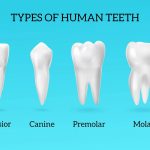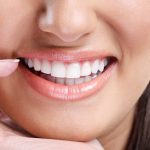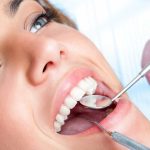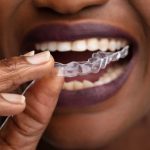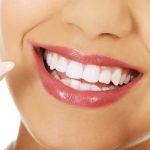Understanding Bone Loss in Teeth: Causes, Symptoms, and Prevention Tips
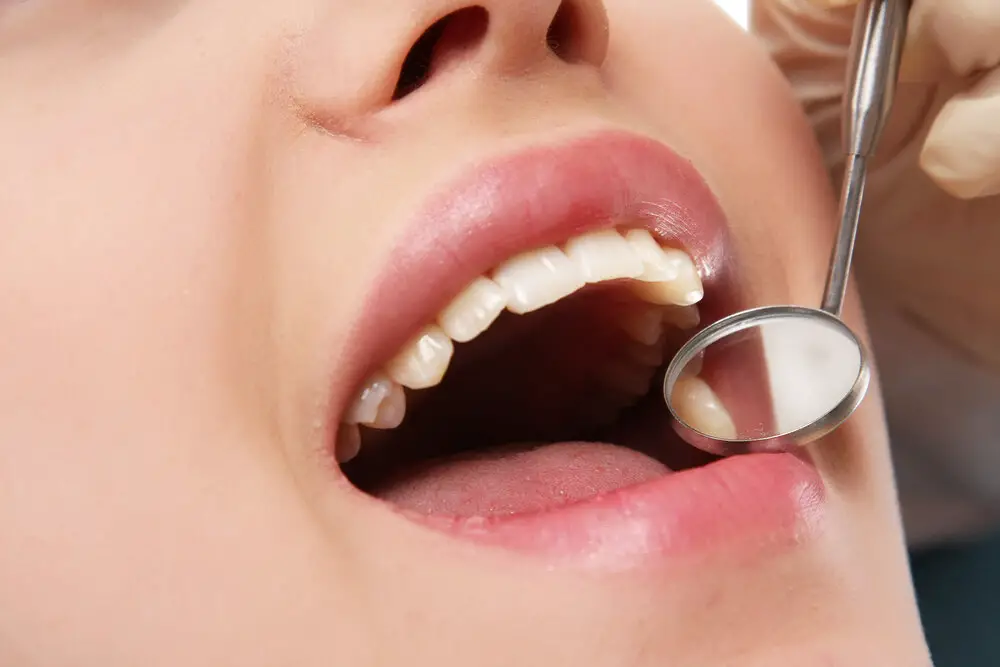
Bones are the structural foundation of the human body, providing support and protection to vital organs. However, like any other part of the body, bones can also experience wear and tear leading to various disorders. One such condition is bone loss in teeth, which is a common dental problem affecting millions of people worldwide. Bone loss in teeth can have severe consequences, including tooth loss, jawbone damage, and gum disease, making it essential to understand its causes, symptoms, and prevention tips. Bone loss in teeth occurs when the supportive bone structure around the teeth begins to deteriorate, leading to tooth loss and other oral health issues. The condition can be caused by several factors, including aging, poor oral hygiene, hormonal changes, and lifestyle habits such as smoking and excessive alcohol consumption. Common symptoms of bone loss in teeth include bleeding gums, loose teeth, bad breath, and receding gums. If left untreated, the condition can result in severe oral health problems, making it necessary to seek timely treatment and follow preventive measures such as regular dental check-ups and a healthy diet.
Bone loss in teeth, also known as periodontitis, is a severe dental condition that affects the supporting bone structure of teeth. It is caused by the accumulation of bacteria in the gum line, which triggers an inflammatory response that gradually destroys the bone and connective tissues that hold teeth in place. As the disease progresses, tooth mobility and sensitivity become more pronounced, and the risk of tooth loss increases. Symptoms of bone loss in teeth include bleeding gums, bad breath, gum recession, and changes in the bite. To prevent bone loss in teeth, regular dental check-ups, daily brushing and flossing, and a healthy diet are recommended.
Causes of Bone Loss in Teeth
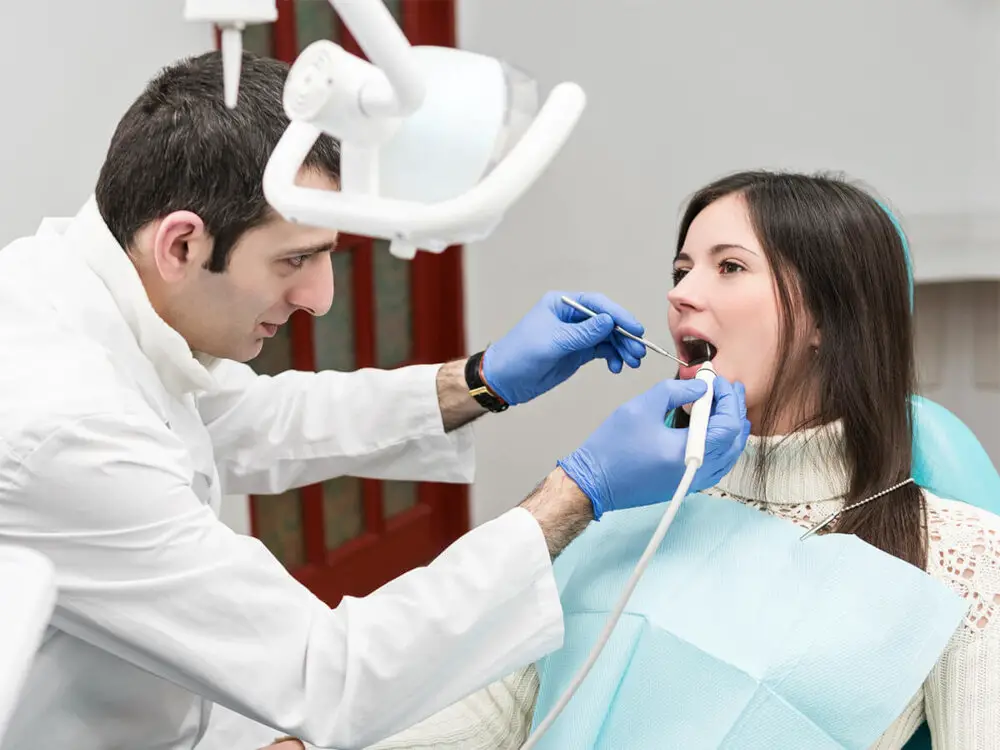
Bone loss in teeth, also known as periodontitis, is a serious dental condition that can lead to tooth loss and other severe health issues if left untreated. Bone loss in teeth is a result of poor dental hygiene, which causes bacteria to accumulate in the mouth and form plaque. The bacteria in the plaque produce toxins that irritate the gums and eventually cause them to pull away from the teeth, creating pockets that allow bacteria to invade the bone and cause bone loss. Other causes of bone loss in teeth include smoking, hormonal changes, genetic predisposition, and certain health conditions such as diabetes and osteoporosis. Smoking is a significant risk factor for bone loss in teeth as it reduces blood flow to the gums, impairs the immune system, and increases the production of harmful bacteria in the mouth. Hormonal changes, such as those that occur during pregnancy and menopause, can also lead to bone loss in teeth by affecting the balance of hormones in the body and making the gums more sensitive to bacteria. Genetic predisposition is another factor that can increase the risk of bone loss in teeth, as some people may be more susceptible to periodontitis due to their genetic makeup. Finally, health conditions such as diabetes and osteoporosis can also contribute to bone loss in teeth by weakening the bones and making them more susceptible to infection and damage.
Periodontal disease is a serious dental condition that affects the tissues and bones that support the teeth. It is caused by the buildup of plaque and bacteria on the teeth and gums, which can lead to inflammation and infection. Over time, the disease can cause the gums to recede, exposing the roots of the teeth and leading to bone loss. This can eventually result in tooth loss if left untreated. Symptoms of periodontal disease include swollen or bleeding gums, bad breath, and loose or shifting teeth. Prevention of periodontal disease involves proper oral hygiene, regular dental check-ups, and avoiding tobacco use.
Genetics plays a significant role in the development of teeth and the progression of bone loss in the jaw. Research has shown that certain genetic variations can increase the likelihood of developing periodontitis, a common cause of bone loss in teeth. Additionally, genetics can influence the strength and structure of the bones in the jaw, making some individuals more prone to bone loss than others. Although genetics cannot be changed, understanding your genetic predispositions can help you take proactive steps to prevent bone loss and maintain healthy teeth. Regular dental checkups and good oral hygiene habits, such as brushing and flossing regularly, are essential for preventing bone loss and maintaining healthy teeth, especially in individuals with a genetic predisposition for periodontitis.
Smoking is a dangerous habit that can have severe consequences on your oral and overall health. Smoking can cause bone loss in teeth, leading to tooth decay and gum disease. The chemicals in cigarettes can damage the gum tissue, causing it to recede and exposing the roots of the teeth. Additionally, smoking can reduce blood flow to the gums, making it harder for the body to fight off infections. Quitting smoking is the best way to prevent bone loss in teeth and protect your oral and overall health. If you are a smoker, talk to your healthcare provider today about resources and strategies to help you quit.
Poor dental hygiene is one of the primary causes of bone loss in teeth. When teeth are not adequately cleaned, bacteria in the mouth can accumulate and form plaque, which can lead to gum disease. Gum disease causes inflammation and infection in the gum tissue, which can spread to the bone that supports the teeth. Over time, the bone can deteriorate, causing teeth to become loose and eventually fall out. This is why it is crucial to maintain good oral hygiene habits, such as brushing twice a day, flossing daily, and visiting the dentist regularly, to prevent bone loss and maintain healthy teeth and gums.
Certain medications can have a significant impact on bone loss in teeth. For example, long-term use of corticosteroids such as prednisone can lead to decreased bone density and an increased risk of fractures. Similarly, some medications used to treat autoimmune diseases like rheumatoid arthritis can also contribute to bone loss. It is important to talk to your healthcare provider about any medications you are taking and their potential effects on your dental health. Your dentist may recommend additional preventive measures or treatment options to help protect your teeth and bones.
Osteoporosis is a medical condition that affects the bones, causing them to become weak and brittle. This condition is particularly prevalent in older adults, especially women who have gone through menopause. Osteoporosis is often referred to as a \silent disease\ because it can progress for years without causing any symptoms. However, as the bones become weaker, they become more prone to fractures, which can be painful and debilitating. To prevent osteoporosis, it’s important to maintain a healthy lifestyle, including a balanced diet rich in calcium and vitamin D, regular exercise, and avoiding smoking and excessive alcohol consumption. If you suspect that you may have osteoporosis, it’s important to consult with your doctor to discuss appropriate treatment options.
Symptoms of Bone Loss in Teeth

Bone loss in teeth is one of the most common dental problems that people face nowadays. It occurs when the bone that supports the teeth starts to deteriorate, which ultimately leads to tooth loss. Although bone loss in teeth can be caused by various factors, the symptoms are often similar. One of the most noticeable symptoms of bone loss in teeth is gum recession. As the bone that supports the teeth deteriorates, the gums start to recede, leaving the roots of the teeth exposed. This can cause sensitivity and discomfort, especially when eating or drinking hot or cold foods. Another common symptom of bone loss in teeth is loose teeth. As the bone that supports the teeth weakens, the teeth become less stable and may start to shift or become loose. This can make it difficult to chew and speak properly, and may also cause discomfort and pain. Additionally, bone loss in teeth can lead to changes in the way your bite feels, which can cause problems with your jaw and overall oral health. If you are experiencing any of these symptoms, it is important to seek treatment from a dental professional as soon as possible to prevent further damage to your teeth and gums.
Gum recession is a common dental problem that occurs when the gum tissue surrounding the teeth pulls back, exposing the roots of the teeth. This condition is often caused by poor dental hygiene, which can lead to the buildup of plaque and tartar on the teeth. Other factors that can contribute to gum recession include genetics, gum disease, aggressive brushing, and grinding or clenching of the teeth. Symptoms of gum recession include sensitivity to hot and cold temperatures, visible roots of the teeth, and loose teeth. If left untreated, gum recession can lead to further dental problems, such as tooth loss and bone loss in the jaw. It is important to maintain good oral hygiene habits and to seek treatment if you notice any signs of gum recession.
Loose teeth can be a common symptom of bone loss in teeth. Bone loss can occur due to various reasons, including gum disease, poor oral hygiene, and aging. When bone loss occurs, the teeth can become loose, and if left untreated, they may eventually fall out. Other symptoms of bone loss in teeth may include receding gums, bad breath, and tooth sensitivity. Prevention of bone loss in teeth can be achieved through proper oral hygiene, regular dental check-ups, and a healthy lifestyle. If bone loss has already occurred, treatment options may include deep cleaning, gum grafting, or dental implants. It is essential to address bone loss in teeth promptly to prevent further damage and preserve dental health.
Bad breath, also known as halitosis, is a common problem that can be caused by a variety of factors. One of the main culprits of bad breath is poor oral hygiene, which can lead to the buildup of plaque and bacteria in the mouth. Other factors that can contribute to bad breath include certain foods and drinks, smoking, medical conditions such as gum disease and dry mouth, and even stress. If left untreated, bad breath can have a negative impact on your personal and professional relationships, as well as your overall self-esteem. To prevent bad breath, it is important to maintain good oral hygiene habits, such as brushing and flossing regularly, drinking plenty of water, avoiding tobacco products, and scheduling regular dental check-ups.
Changes in bite can be a cause for concern, as they can indicate bone loss in teeth. Bone loss occurs when the jawbone, which supports and anchors the teeth, begins to deteriorate. As a result, teeth become loose, shift position, and alter the bite. This change in bite can lead to a range of issues, including difficulty chewing, pain, and damage to other teeth. If left untreated, bone loss can progress and result in tooth loss. It is important to identify and address changes in bite early on to prevent further damage and preserve oral health. Regular dental check-ups and good oral hygiene habits can help to detect and prevent bone loss.
Tooth sensitivity is a common symptom of bone loss in teeth. This happens when the protective enamel layer of the tooth wears down, exposing the underlying dentin layer. The dentin contains microscopic tubules that lead to the nerve center of the tooth, causing pain and discomfort when exposed to hot, cold, sweet, or acidic foods and drinks. Other causes of tooth sensitivity include gum recession, tooth decay, and teeth grinding. It is important to address tooth sensitivity promptly by visiting a dentist, as it can indicate a more serious underlying condition such as gum disease or bone loss. Treatment options include desensitizing toothpaste, fluoride treatments, and dental restorations.
Pus around teeth and gums is a common sign of periodontal disease, which is caused by the buildup of plaque and bacteria on teeth. This condition can lead to bone loss in the jaw, which can result in loose teeth and even tooth loss. Symptoms of periodontal disease include bleeding gums, bad breath, and swollen gums. If left untreated, the infection can spread to the bone and cause irreversible damage. Prevention tips include maintaining good oral hygiene habits, such as brushing and flossing regularly, as well as visiting the dentist for regular checkups and cleanings. In severe cases, treatment may involve scaling and root planing or even surgery to restore gum and bone tissue.
Prevention Tips for Bone Loss in Teeth
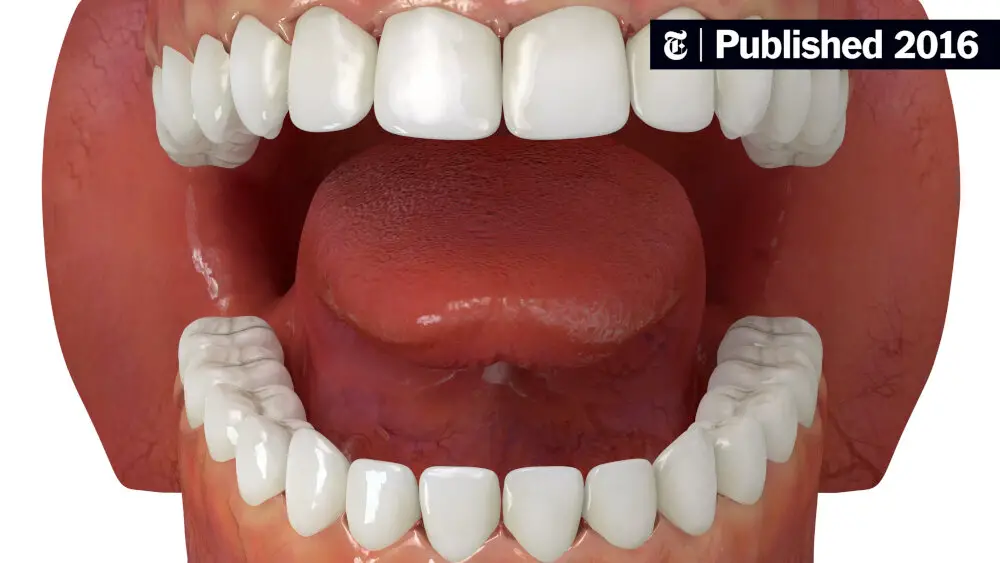
Prevention of bone loss in teeth is essential to maintain healthy oral hygiene. The primary cause of bone loss in teeth is periodontitis, which is a bacterial infection that affects the gum and bone tissues. Therefore, maintaining a proper oral hygiene routine is crucial in preventing this condition. Regular brushing and flossing of teeth can help in removing the plaque and bacteria from the teeth and gums. A fluoride-based toothpaste can be used to strengthen the teeth and prevent bone loss. Additionally, using an antiseptic mouthwash can help in killing the bacteria present in the mouth. Incorporating a healthy diet that is rich in calcium and vitamin D can also help in preventing bone loss in teeth. Calcium is essential in maintaining bone density, and vitamin D helps in the absorption of calcium in the body. Foods such as milk, cheese, yogurt, and leafy green vegetables are rich sources of calcium. Exposure to sunlight is also an excellent source of vitamin D. Regular exercise can help in maintaining bone density and preventing bone loss in teeth. Avoiding smoking and limiting alcohol consumption can also help in maintaining healthy teeth and gums. By following these prevention tips, individuals can maintain healthy teeth and prevent bone loss.
Maintaining good oral hygiene is crucial when it comes to preventing bone loss in teeth. Brushing your teeth twice a day with fluoride toothpaste is one of the most effective ways to keep your mouth healthy. Fluoride toothpaste helps to strengthen the enamel on your teeth and reduce the risk of decay, which can lead to bone loss. It’s important to brush for at least two minutes each time, making sure to cover all surfaces of your teeth and gums. Additionally, using a soft-bristled toothbrush and gentle circular motions can help to avoid irritating your gums and causing further damage. Remember, taking care of your teeth now can help prevent bone loss and other oral health issues down the road.
Flossing daily is an essential practice to prevent bone loss in teeth. Neglecting to floss can lead to the accumulation of plaque and bacteria between teeth, causing gum inflammation, gum disease, and ultimately leading to bone loss. Flossing helps remove food particles and plaque that brushing alone can’t reach, making it a crucial step in maintaining good oral hygiene. Regular flossing also promotes healthy blood flow and circulation in the gums, which helps maintain bone density and prevent further bone loss. So, make sure to incorporate flossing into your daily oral care routine to keep your teeth and gums healthy and strong.
Smoking is not only harmful to the lungs and heart but also poses a significant risk to your oral health. Research has found that smoking is a major contributor to bone loss in teeth, which can lead to tooth loss and other oral health problems. The chemicals in cigarettes can damage the bones and tissues around the teeth, making them more vulnerable to infection and decay. Quitting smoking is one of the most effective ways to prevent bone loss in teeth and improve your overall oral health. By quitting smoking, you can reduce your risk of tooth loss, gum disease, and other serious oral health issues. It may not be easy to quit smoking, but the benefits to your oral health and overall health are well worth the effort.
Eating a balanced diet is crucial for maintaining healthy teeth and preventing bone loss. A diet rich in calcium, vitamin D, and other essential nutrients helps to keep bones strong and healthy. Foods such as dairy products, leafy greens, and fish are excellent sources of calcium and vitamin D and should be included in one’s diet regularly. Furthermore, avoiding sugary and acidic foods and drinks is also vital as they can erode tooth enamel and contribute to bone loss. By incorporating a balanced diet and avoiding harmful foods, individuals can help maintain healthy teeth and prevent bone loss.
Regular dental visits are crucial to maintaining good oral health and preventing bone loss in teeth. During these visits, dentists can detect any signs of bone loss and provide appropriate treatment to prevent further damage. Bone loss in teeth is often caused by gum disease, which is why regular check-ups with a dentist are essential. Symptoms of bone loss can include loose teeth, receding gums, bad breath, and bleeding gums. By visiting the dentist on a regular basis, individuals can identify these symptoms early on and take steps to prevent further bone loss. Prevention tips can include proper oral hygiene, a balanced diet, and avoiding tobacco products. Overall, regular dental visits are an essential component of maintaining good oral health and preventing bone loss in teeth.
Using a mouthwash can be a helpful addition to your oral hygiene routine. It can help kill bacteria, freshen your breath, and prevent tooth decay. Mouthwashes often contain fluoride, which is essential for strengthening teeth and preventing bone loss. However, it is important to note that mouthwash should not be used as a substitute for brushing and flossing. It should be used in conjunction with these methods to achieve optimal oral health. Additionally, be sure to choose a mouthwash that is alcohol-free as alcohol can dry out the mouth and contribute to tooth decay. Incorporating mouthwash into your daily routine can be a simple yet effective way to maintain healthy teeth and prevent bone loss.
Treatment Options for Bone Loss in Teeth

Bone loss in teeth is a common dental problem that occurs due to several reasons such as poor oral hygiene, aging, smoking, genetics, and hormonal changes. If left untreated, it can lead to tooth loss, gum disease, and other dental complications. However, there are several treatment options available for bone loss in teeth, depending on the severity of the condition. The first treatment option for bone loss in teeth is non-surgical. This includes deep cleaning procedures such as scaling and root planing, which removes the plaque and tartar buildup from the teeth and gums. Additionally, antibiotics may be prescribed to control bacterial infection and reduce inflammation. Another non-surgical treatment option is the use of bone-stimulating proteins or growth factors, which can encourage the growth of new bone tissue. Patients may also be advised to adopt a healthier lifestyle and improve their oral hygiene habits to prevent further bone loss. However, if the bone loss is severe, surgical treatment may be necessary. This can include bone grafting, which involves placing new bone tissue in the affected area to stimulate bone growth, or guided tissue regeneration, which uses a special membrane to encourage the growth of new bone and gum tissue.
Scaling and root planing is a non-surgical procedure that is performed by a dental professional to treat gum disease. This treatment is designed to remove plaque and tartar from the teeth and gums, which can help to reduce inflammation and prevent further bone loss. Scaling involves the use of special tools to remove plaque and tartar from the surface of the teeth, while root planing involves smoothing out the roots of the teeth to remove any rough spots that may be harboring bacteria. This procedure is typically done in multiple visits, and may be accompanied by antibiotic therapy or other treatments to help manage the infection. By undergoing scaling and root planing, patients can help to prevent further bone loss and maintain healthy teeth and gums.
Bone grafting is a surgical procedure that involves the transplantation of bone tissue to repair and regenerate bone that has been lost due to injury, disease, or other factors. This procedure is often used in dentistry to restore lost bone in the jaw, which can occur as a result of periodontal disease, tooth loss, or trauma. During the procedure, bone tissue is harvested from another part of the patient’s body or from a donor source and is then transplanted to the affected area. The transplanted bone tissue serves as a scaffold for new bone growth, helping to restore the structure and function of the jawbone. Bone grafting is often a critical step in the dental implant process, as it provides a stable foundation for the implant to be placed and integrated into the jawbone.
Guided tissue regeneration is a dental procedure that aims to regenerate lost bone and periodontal tissues. It is usually performed as part of a periodontal treatment plan for patients with advanced periodontitis, where the loss of tissue support around the teeth has occurred. The procedure involves placing a barrier membrane around the tooth roots to prevent the growth of unwanted tissue, such as the gingival tissue, that can interfere with the regeneration of the bone and periodontal ligament. This allows the body to regenerate the lost tissues in a controlled environment, resulting in improved support for the affected teeth. Guided tissue regeneration is a valuable treatment option for patients with advanced periodontal disease who wish to preserve their natural teeth.
Flap surgery is a dental surgical procedure that aims to treat the gum diseases that are caused by bone loss. This surgery involves lifting a section of the gum tissue to access the underlying bone and remove the deposits and bacteria that have accumulated in the bone. This procedure is usually recommended when non-surgical treatments, such as scaling and root planing, have failed to improve the condition of the gums. Flap surgery may help to reduce inflammation, improve the health of the gums, and prevent further bone loss. The procedure may also involve bone grafting to help regenerate the lost bone tissue. After the surgery, patients may need to follow a strict oral hygiene regimen and attend regular dental checkups to maintain the health of their teeth and gums.
Dental implants are a popular and effective solution for those who have lost teeth due to injury, disease, or decay. They are artificial tooth roots that are surgically placed into the jawbone, where they fuse with the bone and provide a stable base for a replacement tooth or bridge. Dental implants can help prevent further bone loss by stimulating the bone tissue and maintaining the natural shape of the jaw. They are a long-lasting and durable option that can improve the appearance of your smile and enhance your overall oral health. However, it is important to maintain proper oral hygiene and regular checkups with your dentist to ensure the success and longevity of your dental implants.
Bone loss in teeth is a serious condition that can lead to tooth loss if not properly addressed. The causes of bone loss include poor dental hygiene, smoking, and certain medical conditions such as osteoporosis. Symptoms of bone loss in teeth include loose teeth, receding gums, and changes in the way your teeth fit together when you bite down. To prevent bone loss in teeth, it is important to practice good dental hygiene, quit smoking, and eat a healthy diet rich in calcium and vitamin D. Regular dental checkups can also help detect bone loss early and prevent further damage. By taking these preventative measures, you can maintain healthy teeth and prevent bone loss from impacting your oral health.
Seeking dental care if experiencing symptoms of bone loss in teeth is crucial for maintaining good oral health. Bone loss in teeth is a serious condition that can lead to tooth loss and other complications. Early diagnosis and treatment can help prevent further damage and preserve the affected tooth or teeth. Symptoms of bone loss in teeth may include loose teeth, receding gums, and changes in the bite. It is important to seek dental care from a qualified dentist who can provide proper diagnosis and treatment options, such as bone grafting or dental implants. Prevention is also key in maintaining healthy teeth and gums, including proper oral hygiene and regular dental check-ups. Don’t wait until it’s too late, seek dental care right away if you are experiencing symptoms of bone loss in your teeth.
Conclusion
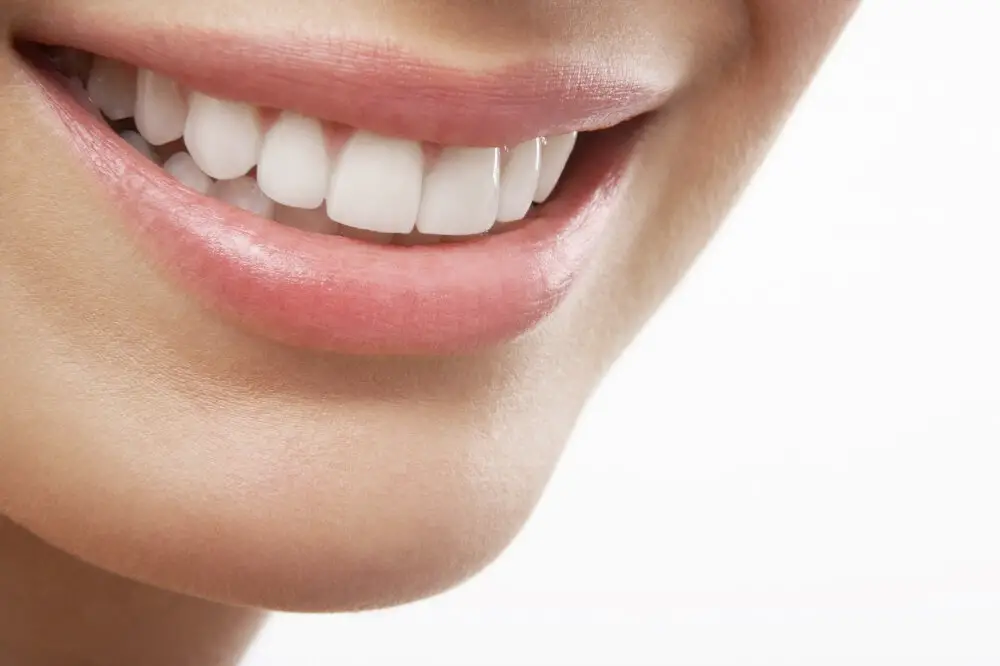
In conclusion, bone loss in teeth can occur due to various factors such as poor oral hygiene, genetics, age, and certain medical conditions. The symptoms of bone loss in teeth include loose teeth, receding gums, and discomfort while chewing. However, with proper dental care such as regular brushing and flossing, avoiding smoking, and a healthy diet, bone loss can be prevented. In addition, seeking professional dental care and treatment can also help to identify and address bone loss in its early stages, preventing further damage and preserving oral health. It is essential to take care of our teeth and gums to maintain a healthy smile and overall well-being.
